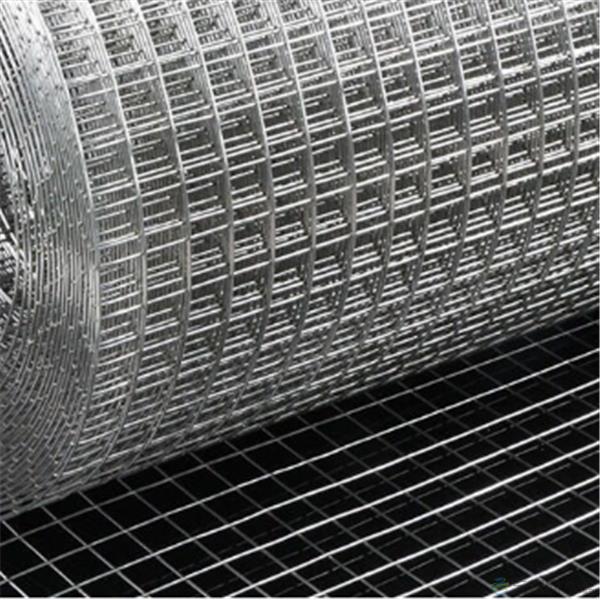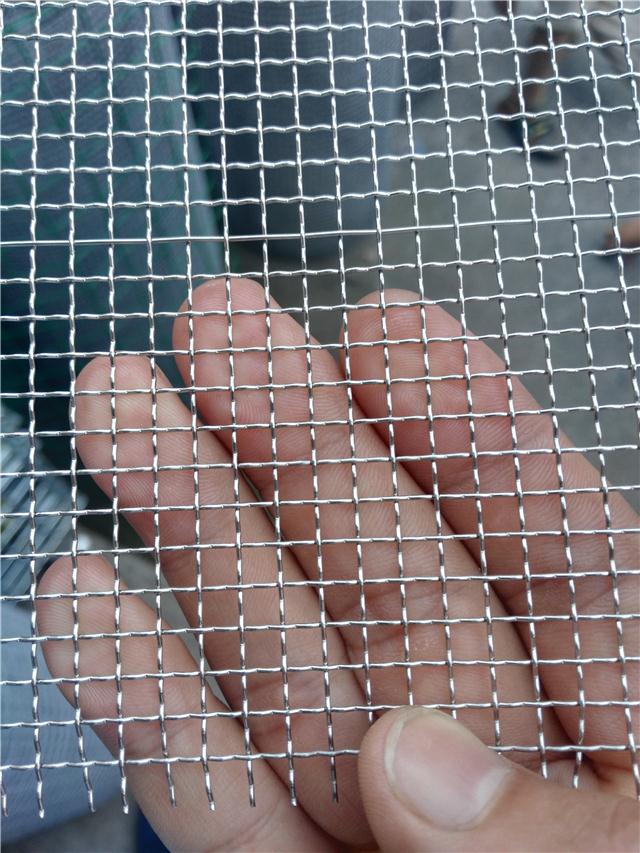Search Product
Search here for what you are looking for:

Search here for what you are looking for:

Protective nets play a crucial role in various applications, providing safety, stability, and environmental protection. In this article, we will explore the characteristics and advantages of protective nets, highlighting their versatility, durability, and cost-effectiveness.
Flexible Structural Design: Protective nets are designed with flexibility in mind. They feature a coordinated response among various components and a standard modular operation, ensuring an overall load-bearing capacity even under local stress. This design allows for easy customization and adaptation to different project requirements.
High-Strength Lightweight Steel Structure: Protective nets utilize a high-strength lightweight steel structure system. This not only provides superior strength and stability but also facilitates material handling within the field. The lightweight nature of the system reduces transportation costs and simplifies installation processes.

Suitable for Complex Terrains: Protective nets are suitable for any complex terrain without causing damage to the original landscape. The mesh shape of the product minimizes visual interference, making it ideal for artificial greening and promoting environmental protection. The nets also help maintain the original value of the slope and facilitate groundwater discharge.
Tailored Solutions: Protective nets offer model specialization, allowing them to be tailored to different terrain environments, geological conditions, and protection requirements. This results in a range of series of cargo system products with standardized components. The pre-designed components eliminate the need for secondary processing on-site, aligning with the trend of factory production.
Adaptability to Complex Terrains: Protective nets can adapt well to various complex terrains and landforms. In many cases, there is no need for extensive construction excavation. The flexibility of the net arrangement enables it to conform to the natural contours of the landscape, ensuring optimal protection and stability.
Easy and Quick Installation: Installing protective nets is a straightforward process that requires simple tools, a small amount of labor and low labor intensity. The system components are designed for modular installation, allowing for rapid deployment. This is particularly advantageous in mountainous areas with challenging construction conditions.
Longevity and Maintenance: Protective nets are designed to resist corrosion and have a relatively long service life, typically ranging from 30 to 100 years. In the event of damage due to overload, only a small number of components need to be replaced or repaired, making maintenance more convenient and cost-effective.
High Flexibility and Strength: Protective nets exhibit high flexibility and protective strength. They can be easily spread and adapt to any slope terrain. The standardized installation procedures ensure consistency and efficiency in the installation process.
Cost-Effectiveness: The die-cut installation method employed by the protective net system reduces construction time and overall costs. The modular nature of the components and the simplified installation process contribute to cost-effectiveness without compromising the integrity and performance of the protective system.

In conclusion, protective nets offer a range of characteristics and advantages, including flexibility, strength, adaptability to complex terrains, ease of installation, longevity, and cost-effectiveness. These features make protective nets an excellent choice for various applications, including slope stabilization, erosion control, and environmental protection projects.